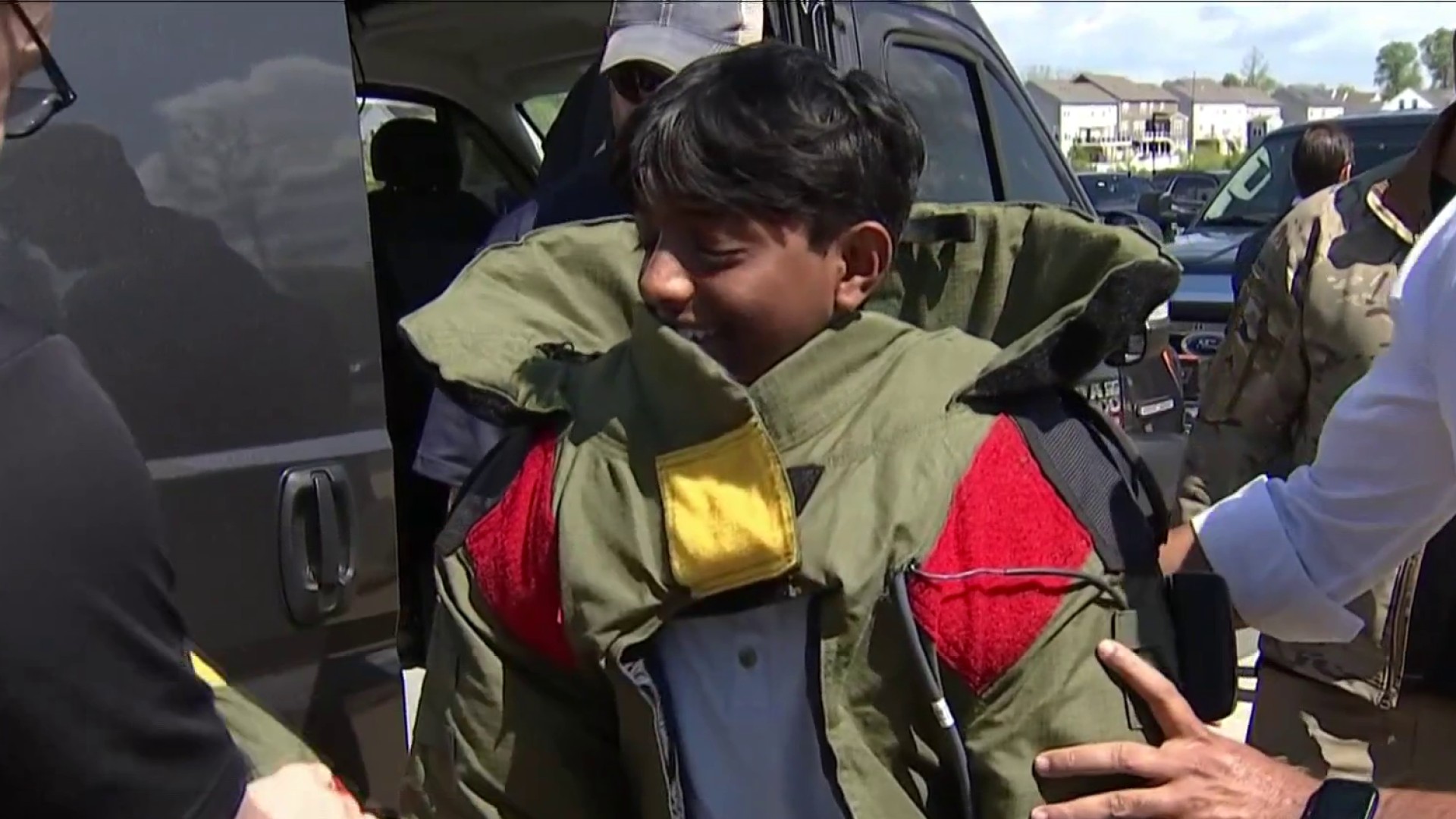It’s not what you think of when you say "Caribbean vacation."
That was the cautionary comment to your Notebook by a Washington lawyer who recently returned from Cuba even as we were preparing to go. He warned that the obvious deprivation would be starker, the chill of constricted freedom of conversation ever present, and the complexity of life in Cuba on the verge of change was onion-like in its many layers — good and bad.
And while our trip was not a vacation but a cultural, educational experience, a people-to-people trip sponsored by the travel arm of the Smithsonian, the advance comment of not-a-vacation rang true day in and day out as our trip unfolded.
With your indulgence, here are a few observations from this first-time Cuba traveler, but first warm thanks to tour facilitator Izabella Van Raalte, of Bethesda, and our extremely knowledgeable Cuban-American study guide Emilio Cueto, of Washington. Both were superb.
■ The Obama initiative. In December, President Barack Obama announced intentions to restore diplomatic relations with Cuba and “cut loose the shackles of the past.” The decision is still unfolding with an exchange of embassies likely to occur soon, replacing the fig-leaf “interest sections” the two countries currently maintain. The decades-old embargo already is as porous as a coral reef with so many exemptions for business, arts, academic, sports and other non-tourist travel.
Our tour group spent a morning at the American compound in Havana listening to the diplomatic overview of all this. Apart from the intriguing — but off-the-record — discussion, we found just getting inside interesting. There are three layers of security. The first, out on the street, consists of Cuban police whose job is to turn away any Cuban attempting to approach without the necessary papers. The additional two security checks are entry restrictions that your American passport facilitates. Uniformed Marines, not visible outside, staff your final entry, taking your passport for a badge until you leave.
■ Humor a necessary tool. Nearly all Cubans, whether an advanced-degree doctor or professor or janitor or hotel worker, hold government jobs that we're told pay about $20 a month. Many people moonlight driving cabs or other work to earn money from tourists. As for the mundane government slots many hold, there is a common wry comment about the low pay: “The government pretends to pay us and we pretend to work.”
Local
Washington, D.C., Maryland and Virginia local news, events and information
Cuba has an aggressive domestic spying, secret police system. No one openly or flagrantly attacks Fidel or Raul Castro. Some slyly use a symbol of a hand stroking a beard and sideways cuts of their eyes to indicate they’re talking about Fidel. The gesture prompts knowing nods and smiles.
■ Not your neighborhood ANC. You think your advisory neighborhood commissioners are petty, prone to niggling details on obscure issues, self-important and obstructionist? You should experience the Cuban version.
Since early in the revolution, Castro has maintained in every block a Committee for the Defense of the Revolution. Its local leaders are voted by the residents, but exactly who gets selected to run is a bit hazy.
The CDRs are praised and feared. They ensure that families are vaccinated, are attuned to neighborhood concerns and hold community block parties. But they also have histories of watching the comings and goings of ordinary life, assuring there are no dissidents. Some keep detailed records of who visits your home and whether you participate in community events promoting the revolution, such as those long-winded speeches Fidel Castro once gave.
Our tour group was hosted by one such CDR at a block party. We took bottles of rum and soda; the families provided food and cookies. My one and only Cuba souvenir is a 5-foot-high poster promoting the CDR with the traditional slogan “Unidos, Vigilantes, Combativos,” meaning “united, vigilant and combative” (or “willing to fight”).
It took a bit of negotiations with the leaders, but it is a true piece of Cuba daily life, not a trinket purchased at any of the many tourist stands.
■ Bay of Pigs. The scene of the failed attempt to defeat Castro is stunningly beautiful water. The land is still little-developed, but modest tourism homes (yes, they are allowed) are expecting many more visitors. The April 20 New Yorker cover cartoon imagines the makeover.
The small museum here recalls the failed invasion as a great revolution victory, with photos of Cubans who died defending their land as well as rifles and other artifacts. English language subtitles refer to the “defeat of the invaders,” “imperialism,” “blatant tall story” and “cowardly attack,” among other colorful descriptions, and they describe those who supported ousted dictator Fulgencio Batista as “vile torturers.”
■ Crumbling colonialism. Colonial politics vanished long ago. But colonial architecture — some dating back to the 16th century, with its grand and soaring arches, spacious rooms, high ceilings, reliefs and columns — remain the predominate style of many towns. But, as in Havana itself, there is deterioration of whole blocks, with buildings collapsed or near collapsed.
Housing is in critically short supply. Many of these ancient buildings still have tenants, some of whom who have divided 16-foot-high rooms into 8-foot-high rooms with separate, whole families living on each of the two makeshift floors.
Since 1981, Cuba has been part of the UNESCO World Heritage Sites program, the United Nations’ effort to save both buildings and important lands. But only a fraction of Havana’s buildings are saved.
■ Flora and fauna. One world heritage site we visited is the Cienfuegos Botanical Garden. The extraordinary garden was founded by sugar plantation magnate Edwin Atkins in the late 1880s and later expanded with the research help of Harvard in the early 1900s. It’s been government-run since the revolution. It’s a remarkable place to visit with its own fascinating and tortured history.
Even here, like in Washington’s arboretum or around the cherry blossom trees, there are signs not to pick or break off fruit or flowers. “No arrancar flores y frutos” reads the hand-painted Cuban sign — “please do not pick up the flowers and fruits.” Apparently thoughtlessness is a worldwide problem.
■ A final word. Many may be wondering whether we’d ever mention the old American cars from the 1940s and 1950s that still ply the streets of Havana and elsewhere. Well, now we are.
The restored cars are big hits with tourists. Our guide told us of one 85-year-old tourist who had come searching for a specific 1940s model. Was it her first car, the guide innocently had asked? No, the elderly tourist replied, it was the car in which she had first had sex.
But apart from the jazzed-up tourist cars, literally thousands of less-well-restored cars are daily transportation. Those are the cars you want to see, not the touristy ones.
There is so much more to Cuba, but space is limited. Many Americans are expected to travel to Cuba in the coming years. Most who were on our tour wanted “to see Cuba before it changes.” Some changes will come fast, others more slowly. But plan to go. History is being made right now.
Tom Sherwood, a Southwest resident, is a political reporter for News 4.



